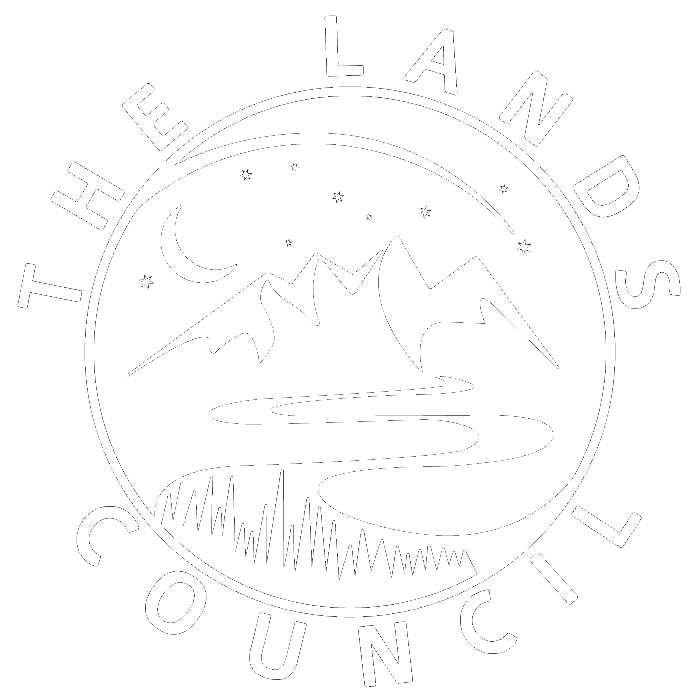By Monica Nickelsburg
When the worst wildfire season on record in the West finally subsides, it will give way to another potentially devastating environmental crisis: toxins from charred and melted plastics, electronics, and other household materials leaching into watersheds, endangering residents, agriculture, and ecosystems.
It’s a challenge that cleanup crews struggle to contain, but this year a group of mushroom farmers and ecologists hope to prove that fungi can provide an effective and environmentally safe new tool. They plan to use fungi as filters throughout burn zones in California, trapping toxic waste as water flows through mycelium networks.
Several of the researchers were inspired by the 2018 Camp Fire that decimated the town of Paradise, California. In what became the largest cleanup project of its kind in the state’s history, the town hauled off more than 3.6 million tons of ash, debris, and contaminated soil to landfills and recycling facilities, which can strain waste-management infrastructure. The year-long effort didn’t stop widespread water contamination. Two years later, parts of Paradise are still under a water advisory.
The Camp Fire destroyed Cheetah Tchudi’s commercial mushroom operation, TurkeyTail Farm. He knew from farming and studying fungal restoration that mushrooms could filter out some of the toxic waste on the property, but he found very little data on “mycoremediation.”
Tchudi decided to conduct his own research. He launched the nonprofit Butte Remediation and received grant funding to experiment on burned properties throughout Northern California. He is careful not to cast mycoremediation as a panacea but is convinced that fungi can significantly reduce toxic waste on burn sites. Through his experiments, Tchudi says he has reduced levels of heavy metals and persistent organic toxins in soils enough to meet regulatory standards.
“In between the time that the fire event occurs and we get around to cleaning up toxic ash, it can be a stopgap for heavy metals and reduce the toxicity,” he said.
Tchudi was eager to get back to farming full-time, but when this season’s wildfires again threatened his community, he realized the restoration work was far from done. Butte Remediation is now helping CoRenewal, a Santa Cruz nonprofit, with a broader mycoremediation experiment.
Starting in October, CoRenewal will deploy erosion control tubes of organic matter (known as wattles) that are inoculated with oyster mushroom mycelium throughout burn zones in California. They are targeting the fire complexes dubbed CZU, the California Department of Forestry and Fire’s designation for the fires covering San Mateo-Santa Cruz, and LNU, the acronym for the Sonoma-Lake-Napa fires. CoRenewal will take soil samples and compare the effectiveness of the fungi with control wattles that are not inoculated. The goal is to prevent contaminated sediment from reaching waterways and to collect baseline data on mycoremediation’s efficacy.
Some of the waterways the researchers plan to target provide habitat for coho and steelhead salmon. CoRenewal’s executive director, Maya Elson, hopes that by combining fungi with other bioremediation techniques, they can protect aquatic ecosystems.
“My hope is that the salmon will return this year and be able to survive and continue out their lifecycle,” Elson said.
Though the study of mycoremediation after wildfires is in its infancy, there is a growing body of research that shows mycelium’s power to remove toxins from water.
Using native fungi and bacteria, ecologists with The Lands Council reduced levels of polychlorinated biphenyls (PCBs) in water from Washington’s Spokane River by 46 percent in an experiment last year. PCBs were banned in the U.S. in 1979 but they continue to pollute and accumulate in the nation’s waterways.
“PCBs are still being produced inadvertently, and one reason Spokane is a focus for us is because downstream we have the Spokane Tribe and their reservation,” said Mike Petersen, executive director of the Lands Council. “Those members consume fish. PCBs bioaccumulate in fish tissue and the levels that are safe to eat a good supply of fish everyday are extremely low.”
Experiments have shown fungi can also help clean up oil spills and E. coli through “mycofiltration.” Some forms of fungi are so tolerant of toxicity that they even grow on the former site of the Chernobyl power plant.
Mycoremediation shows promise for farmers transitioning away from the use of chemical pesticides, too. Butte Remediation is experimenting with mycelium to help a farm in Northern California remove glyphosate, which has been linked to cancer, from its soil.
Though researchers are bullish about the possibilities, mycoremediation has limitations. There is very little funding for the research and the process could be difficult to scale. One reason is that the fungi need to be kept alive during the remediation process through watering in regions without sufficient rainfall.
There is also some evidence that the fruiting mushrooms could contain traces of heavy metals and toxins, requiring proper disposal. Oyster mushrooms are common in mycoremediation experiments because they can consume a wide range of materials and live on a variety of substrates, but filtration is possible with fungi that don’t produce fruiting bodies that are attractive to animals. Elson and Tchudi are interested in experimenting with more species after they collect baseline data using oyster mushrooms.
“It’s an imperfect solution for an impossible problem,” Tchudi said. “It’s not the silver bullet, certainly, but where I see the opportunity is by augmenting methods that we’re already using for erosion control after fire events. We could do so much better.”

